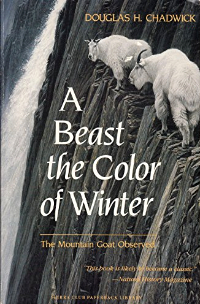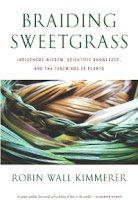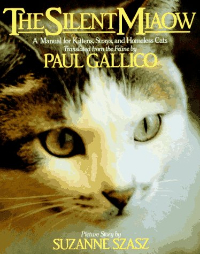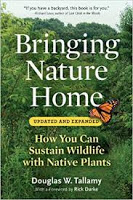I was blown away by this book when I first read it long ago as a pre-teen. I still recall very distinctly how enthralled I was with the beginning storyline, the startling turn the narrative takes into new and intriguing directions, and a very physical shock I felt when a sudden tragic event occurs- I literally had to snap the book shut with a gasp, my heart leaping. It’s not often that a book affects me so strongly. I’ve read it multiple times, though it’s been decades since the last re-read. Of course the surprises no longer leap out at me, but the story was very much still engaging, I loved revisiting all the details, and I grasped much better than my younger self, the parts that took place in historical Egypt. Warning: I love this book so much I want to say a lot about it, so there’s gonna be SPOILERS, though I’ll try not to give everything away.
Well: it’s about a race of sentient cheetahs, that live in a far-distant future when humans have abandoned Earth. The planet is not in great shape- the cheetahs struggle to survive harsh conditions, with rapidly diminishing plant life and scant prey to make their living from. Kichebo is a young cheetah born into difficult circumstances, to say the least. Her mother dies in an accident when she’s very young, and she struggles with fears of abandonment for most of her life. Her aunts begrudgingly raise the orphaned cub (cheetah culture frowns on this, she was supposed to be left to die) and are first appalled, then frustrated when she starts to mature. Her adult fur coat grows in completely black, with gold tear lines and tail tip. This anomaly is a serious threat to her survival- it’s nearly impossible to hunt, when she is so visible against the pale desert scenery. She learns to manage by using ambush techniques, or sticking to crepuscular times, but longs to run freely out in the open, to be the way a cheetah is supposed to be.
So there’s all that- this daily struggle to survive, this one cheetah in particular dealing with trying to accept her differences and find a way to fit in. I would have been totally satisfied to read an entire novel just about that. The cheetahs are so alive, their personalities very distinct, their catlike mannerisms, customs and expressions reminding you strongly that these are not anthropomorphized characters, even though they talk to each other. But then! Strange alien flying craft start to appear, and it becomes obvious they’re tracking the cheetahs, focusing on Kichebo in particular. Which makes it even harder for her to fit into cheetah society. Things happen, and she ends up fleeing to live on her own, just barely in possession of her adult skills. One day she finds an alien craft crashed in the desert, on fire. There’s a naked apelike creature trapped in the wreckage- she drags it free intending to eat it, but then doesn’t. For some strange reason she is reluctant to kill the creature, ends up letting it follow her, then eventually adopts it in a manner of speaking. It is a humanoid, somewhere in the toddler age range. The relationship that slowly develops between the lonely outcast cheetah and this little defenseless human is so believable and tender- and not without its amusing moments either. I loved the details about how Kichebo tries to communicate with the creature she ends up calling Menk, tries to teach it to speak– but finds its lack of ability to use expressive gestures, having no tail or whiskers- such a handicap that she can only get the most basic messages across. Imagine! A story in which animals pity humans for the limitations of using just verbal sounds to communicate. This story got better and better.
There’s more. Kichebo and Menk acquire another companion- an elderly cheetah who has also dealt with physical differences her whole life. They all take up residence in a place no other cheetahs are interested in claiming as territory- because it’s near an ancient human ruin. The massive remnants of buildings are impressive by their sheer size, but strange things also happen when Kichebo walks among them. She’s taken by fits (that sound like epilepsy) and makes a mental connection to another black cheetah who lived far, far in the past- in ancient Egypt during the time of Tutankhamen. So now there’s another parallel storyline, about this other black cheetah who lived among royalty, with details on how the Egyptians kept cheetahs in captivity, trained them to course game, some of their customs of worship, court intrigue surrounding the young King Tut, and much much more. I admit when I was a kid a lot of this part went over my head, even though I found it fascinating. This time around I was able to pick up on more subtleties. For her part, Kichebo is at first terrified by the experience of mind-melding (I don’t know what else to call it) with a long-extinct conspecific, then she becomes eager to learn more about herself, from the only other black cheetah she’s ever encountered. Is he real, though? Her elderly companion gently suggests that maybe Kichebo made the whole thing up, that heatstroke and her strange fits are giving her delusions.
So they travel past the ruins to a site Kichebo had learned about from her friend in the past, just to prove to herself that he really did exist. She finds far more than she expected to. Long ago this ending section of the book felt rushed and confused to me, I didn’t quite grasp all the implications. But this time around it was pretty clear. Kichebo the rare black cheetah, at last gets the answers she’s sought her whole life- why she looks so different from all the others, why she felt compelled to keep Menk as a companion instead of eat her as prey, even about some abilities she wasn’t aware she had, and where her future might lead her.
Man, if only there was a sequel or companion novel to this book! I’d snap it up in a heartbeat. Done talking now, before I tell all the things I’ve skipped over in this post. Have to leave something for other readers to discover- if you can find a copy of this novel count yourself fortunate.
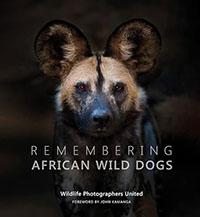
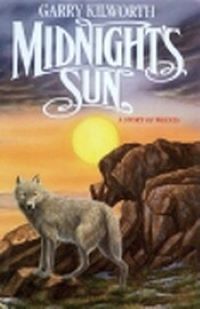


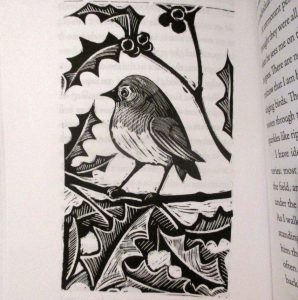
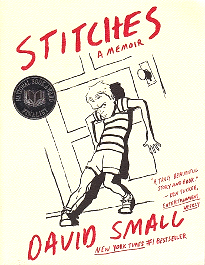

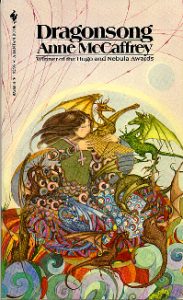 How I loved this book as a teen. I came across a piece of it when I was in fourth or fifth grade- in a school volume with selected short stories, poems, and excerpts. The piece of Dragonsong in there wasn’t assigned reading, I was intrigued by the illustrations and read it on my own- having no context of the world it was set in, or the background- it started in the moment when Menolly pushed open the heavy seahold doors to leave home right before Threadfall, and wrapped up right after the momentous scene where she impressed the fire lizards. I read it several times over- fascinated, but didn’t realize it came from a full-length book. Years later, at an event with my family which I found boring, I wandered the building and discovered a small library- and of course I browsed the shelves. Dragonsong was there. I may have read the whole thing in one sitting, or found it at the public library later to finish it- I don’t recall now- but I immediately recognized it as the story I’d enjoyed in the school volume- and was so thrilled. Even more so to find it had two sequels. I like the illustration I’ve put to head this post, but the first copy I picked up had the whimsical artwork here to the left. Can’t decide which is my favorite now.
How I loved this book as a teen. I came across a piece of it when I was in fourth or fifth grade- in a school volume with selected short stories, poems, and excerpts. The piece of Dragonsong in there wasn’t assigned reading, I was intrigued by the illustrations and read it on my own- having no context of the world it was set in, or the background- it started in the moment when Menolly pushed open the heavy seahold doors to leave home right before Threadfall, and wrapped up right after the momentous scene where she impressed the fire lizards. I read it several times over- fascinated, but didn’t realize it came from a full-length book. Years later, at an event with my family which I found boring, I wandered the building and discovered a small library- and of course I browsed the shelves. Dragonsong was there. I may have read the whole thing in one sitting, or found it at the public library later to finish it- I don’t recall now- but I immediately recognized it as the story I’d enjoyed in the school volume- and was so thrilled. Even more so to find it had two sequels. I like the illustration I’ve put to head this post, but the first copy I picked up had the whimsical artwork here to the left. Can’t decide which is my favorite now.